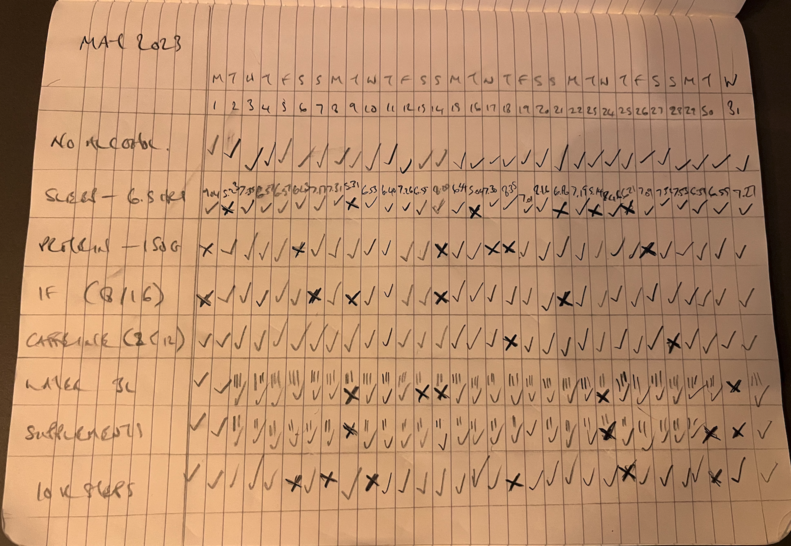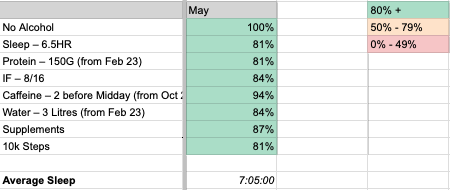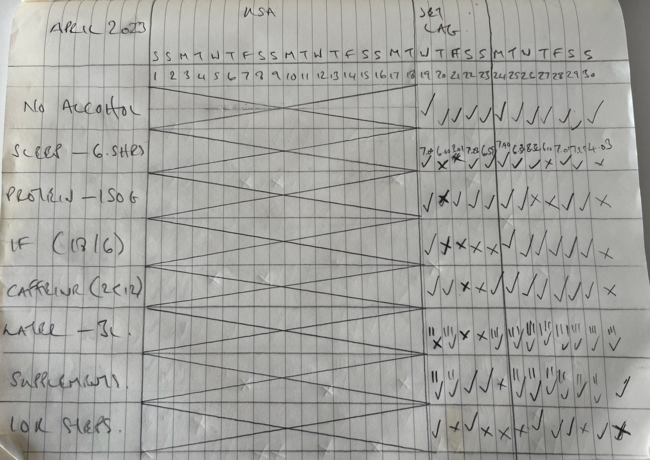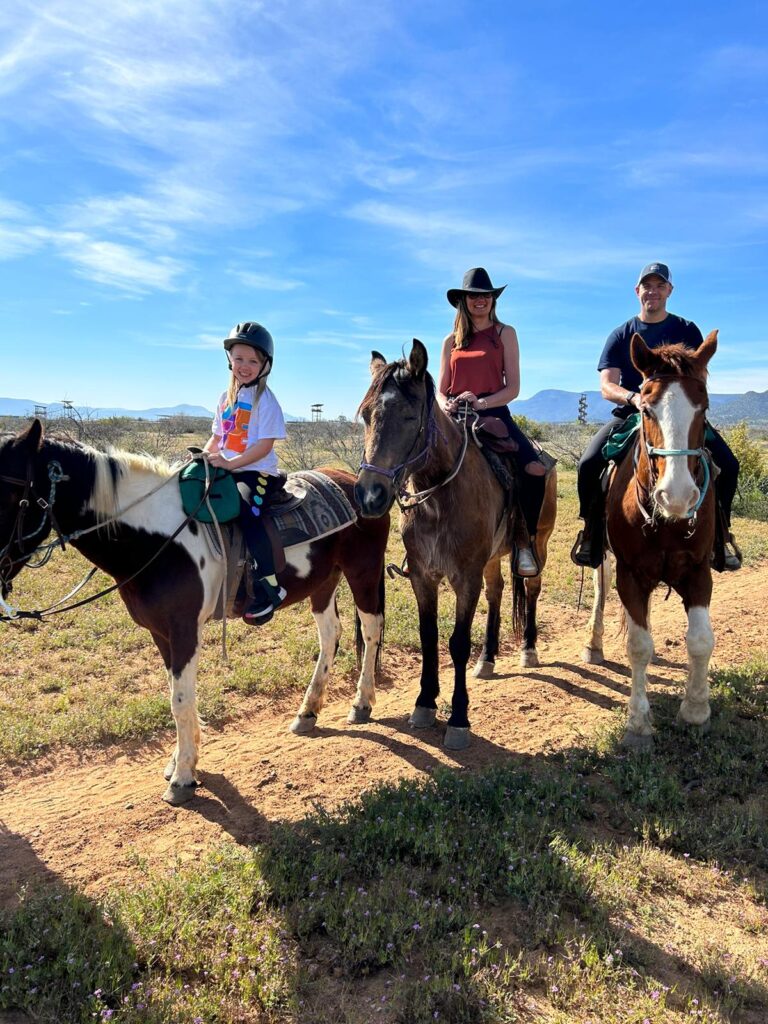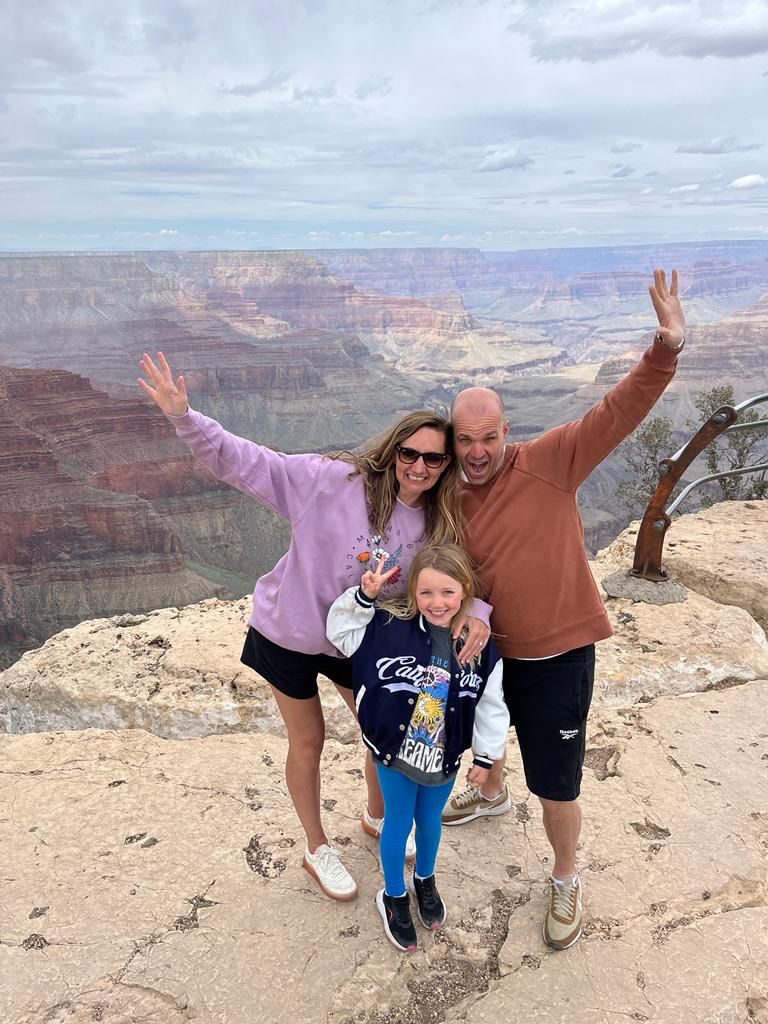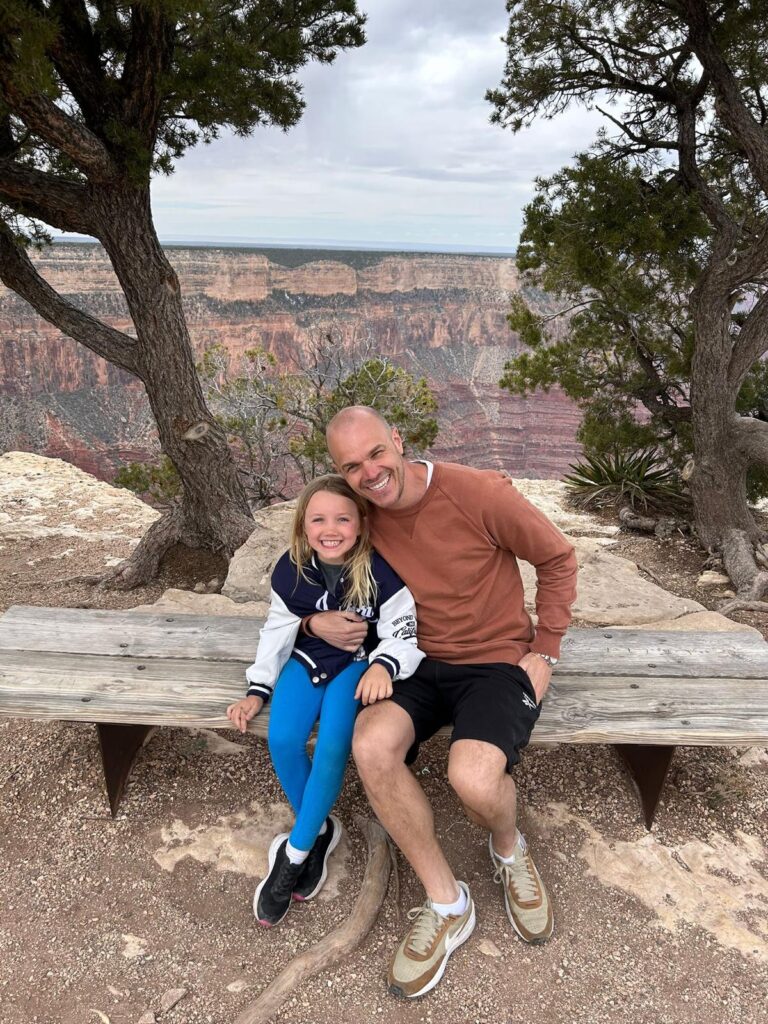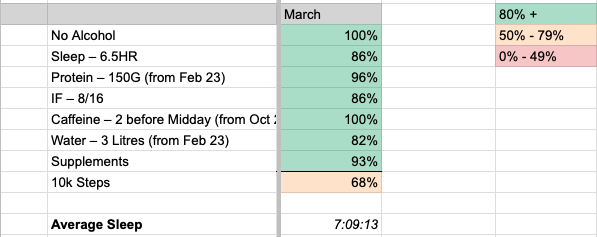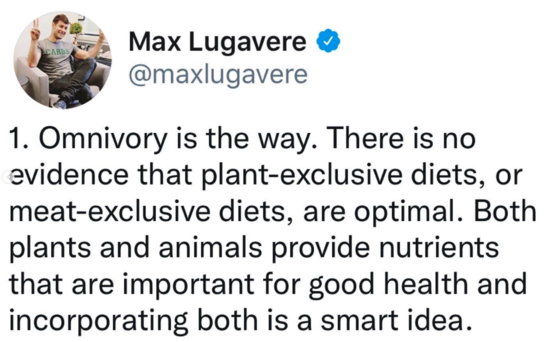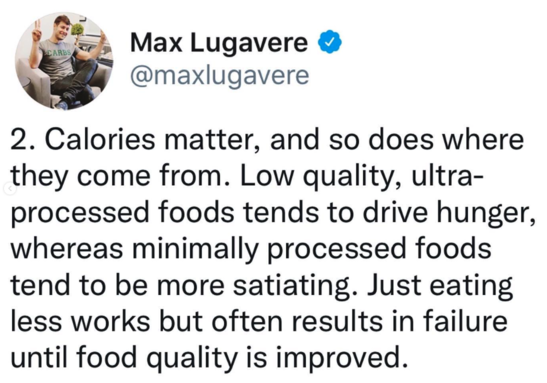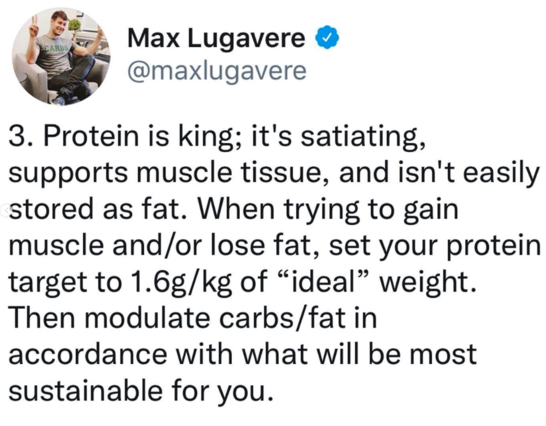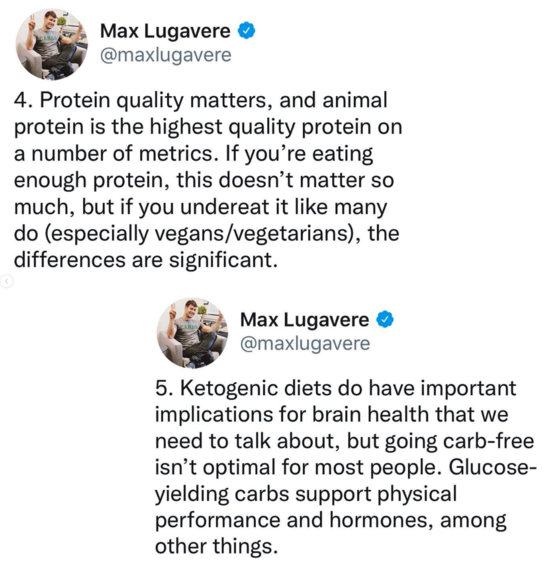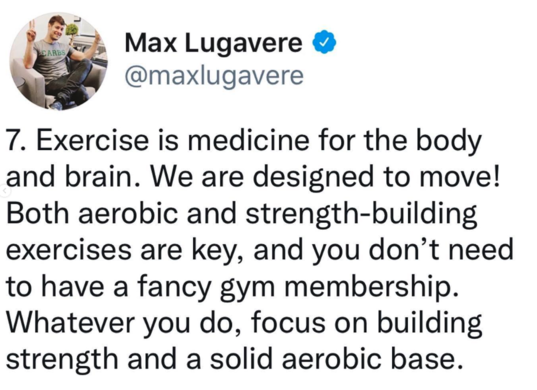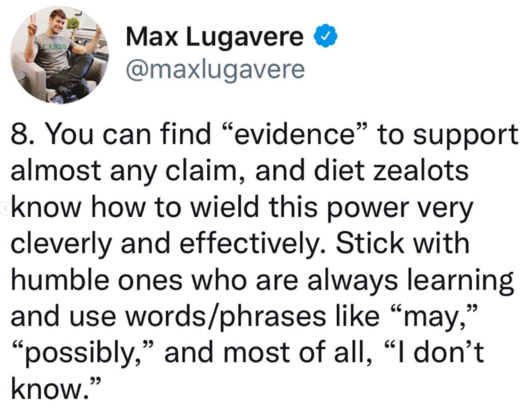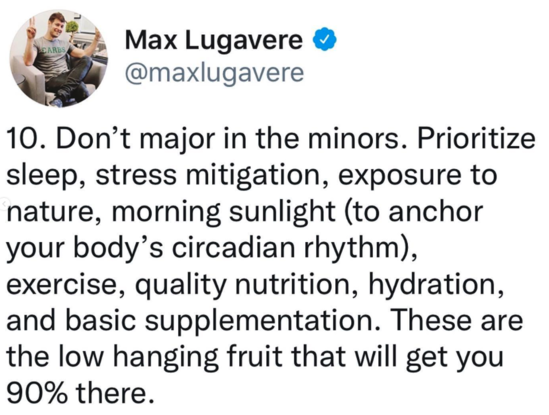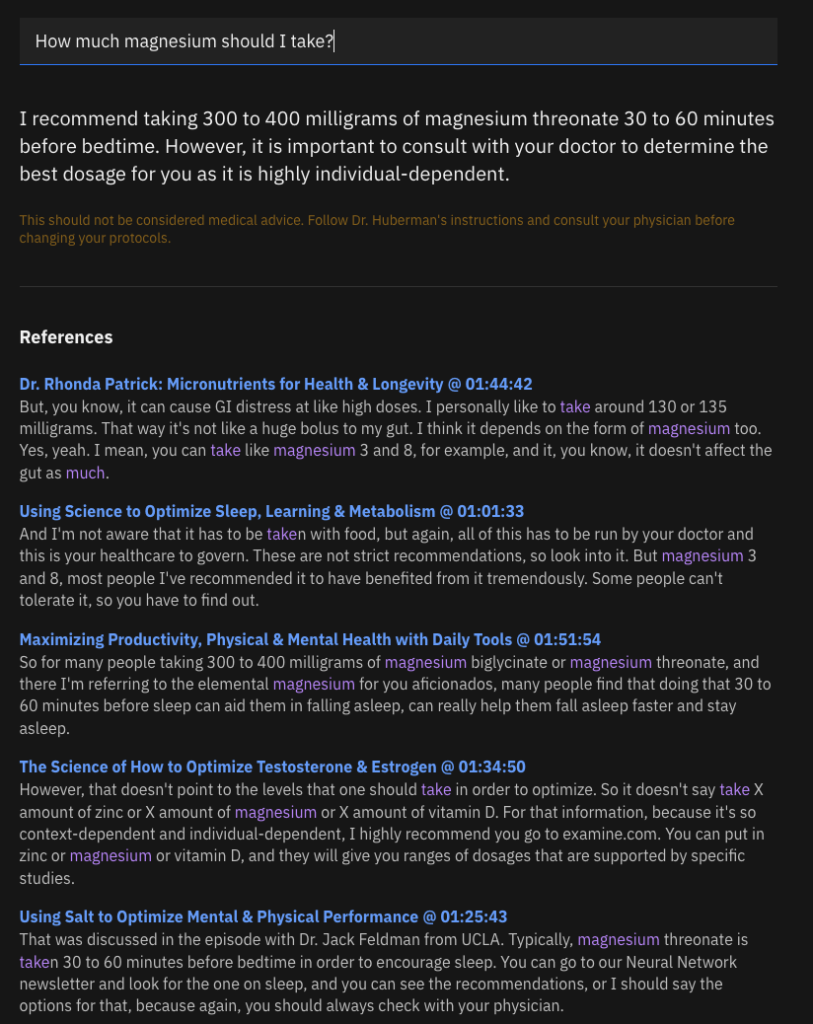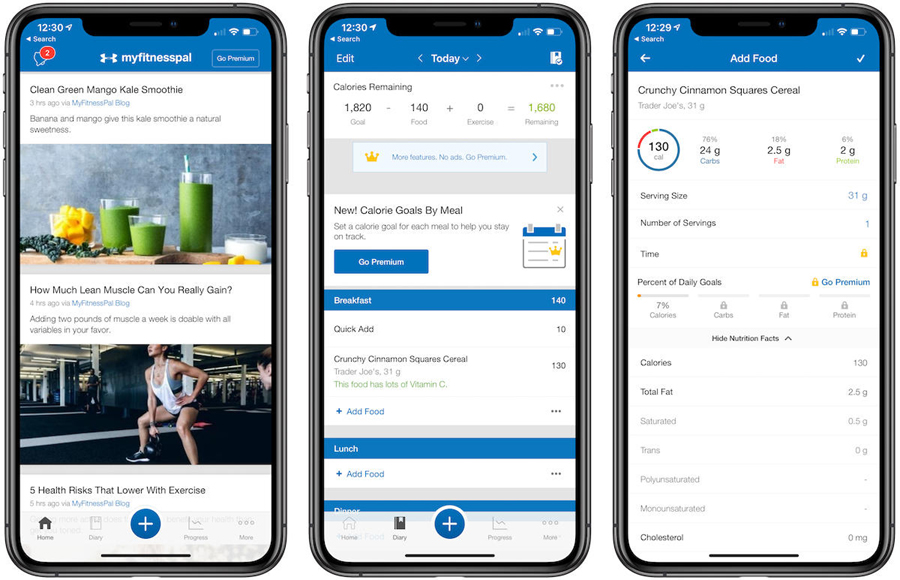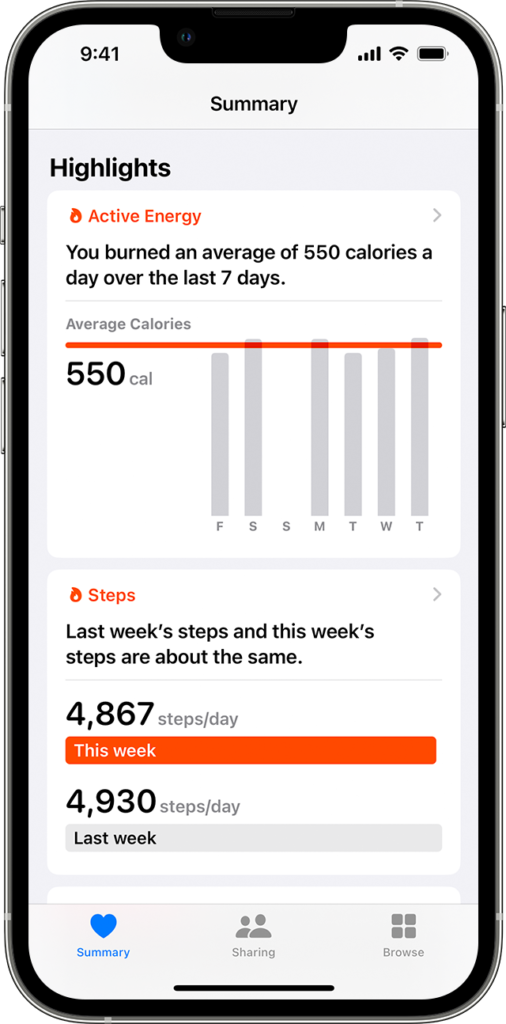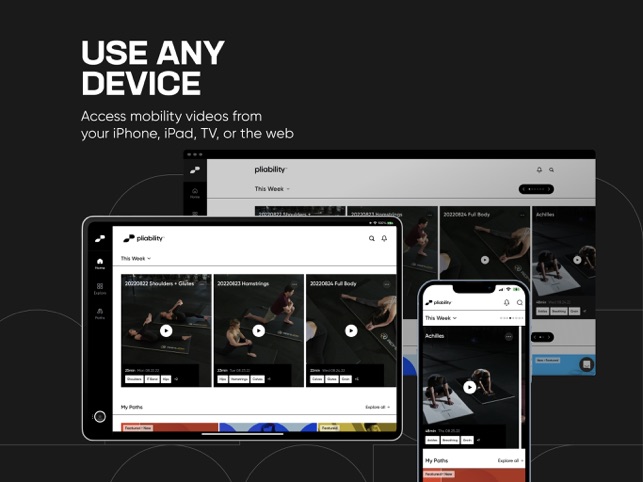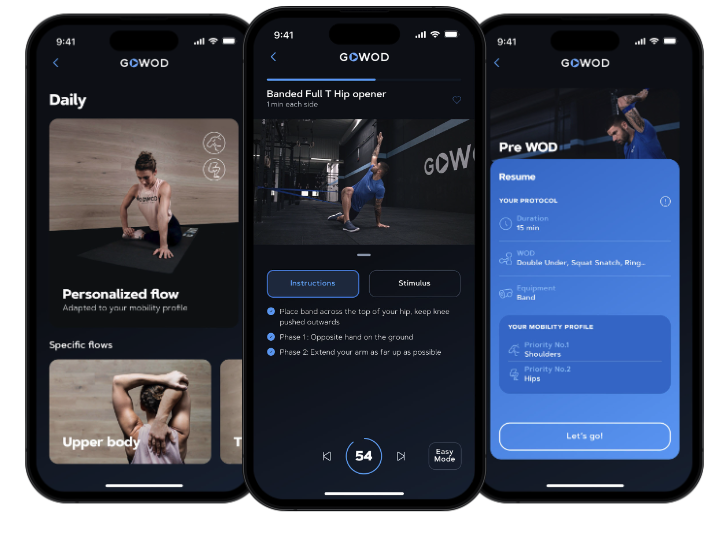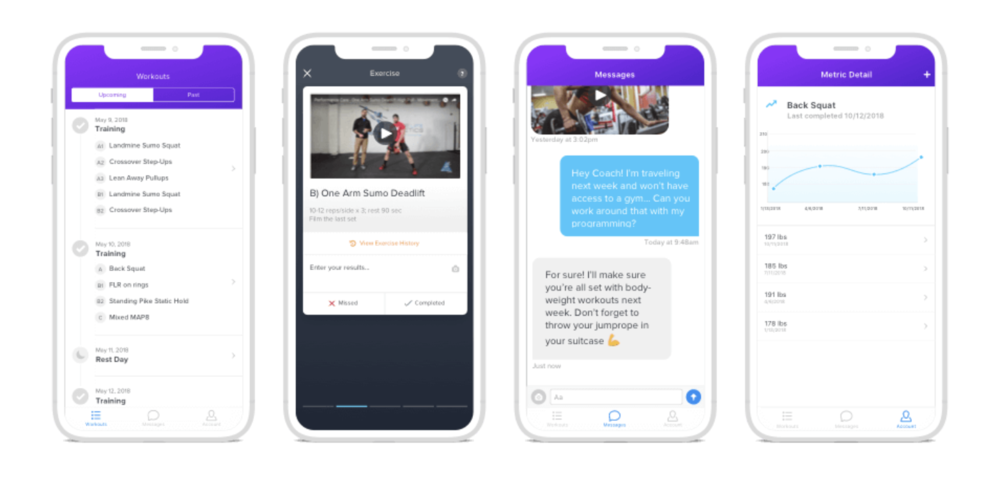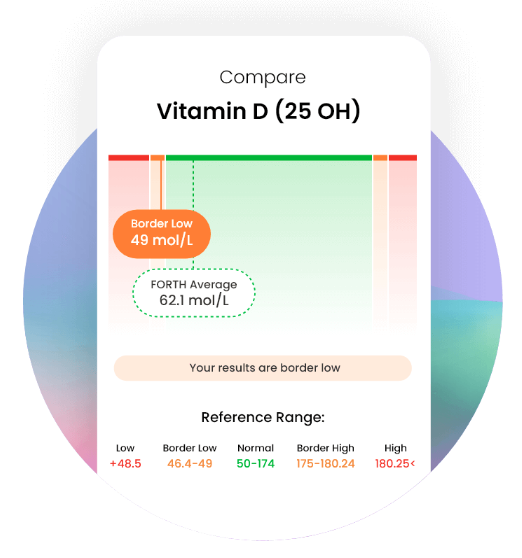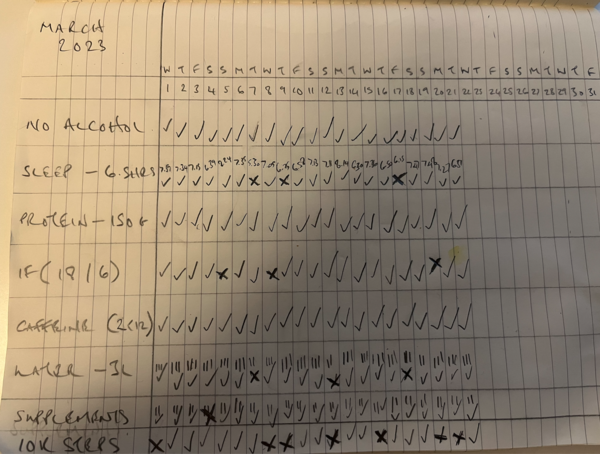I spent at least fifteen years chasing specific goals and perfection. I knew in my heart that it was wrong and making me miserable, but I still kept doing it.
I bounced between perfection and falling off the wagon hard – which is almost the definition of inconsistency. And because consistency is EVERYTHING for getting results, I struggled to change.
Over the last eighteen months, I’ve begun to think about things completely differently. I built a whole new mentality and mindset. This has helped me transform myself and achieve more than I could possibly imagine.
As I reflect on how I’ve changed, there are five things that stand out as making the difference:
1. Direction over goals
Nowadays, I rarely have any specific goals. Instead, I’m very clear in the direction I would like to go, and then I put all my focus into taking small steps towards that right direction.
For example, below are a few things I have written down for improving my health, which I often reflect on:
- I put my health first – above everything else.
- I’m metabolically healthy and I feel great.
- I’m living my life in a way that will give me a full, healthy and happy last decade of my life.
- I’m proud of how I look. I’m lean and comfortable in my own skin – and with taking my top off.
- I’m fit, active and able to do lots of things – train, play sports, take on challenges or adventures.
- I can move well – without aches and pains.
I could easily attach goals and tangible metrics to all of those – but I don’t. I prefer to build habits and take actions that move me closer to the above feeling more true when I say them. I focus on what I will do today, and how I spend my weeks – not on where I want to exactly end up.
2. 80% is good enough
I’ve learned that 80% consistency is where you find the sweet spot for getting most of the rewards – but with the flexibility to have some fun and stay sane too. Everything above 80% starts to become diminishing returns, especially when you factor in the marginal extra gains, and the risk of falling off the wagon.
It took me so long to admit this. Since I have, I’ve been able to achieve so much more, and be so much happier.
3. Averages are what count
In the past, when I would slip up on something, I beat myself up. If I skipped a training session, I would consider myself lazy. If I ate a piece of cake, I felt undisciplined and fat. The list goes on.
It comes back to 80% is good enough. But, importantly, it’s 80% over a period of time. Most slip ups are just blips in the grand scheme of things. You can still have a great day, if you make a mistake in the morning. You can still have a great week, if you have a bad day. And you can still have a good month, if you have a bad week.
For example, I track how many calories I eat every day. But, what I really care about is my weekly average. That means it’s fine if my calories sit too high one day. I have plenty of opportunity to bring the average down over the next couple of days. My weight and body fat over the long run, won’t be decided by one day’s worth of calories.
The same goes for habits. Below is how I’m doing for June:
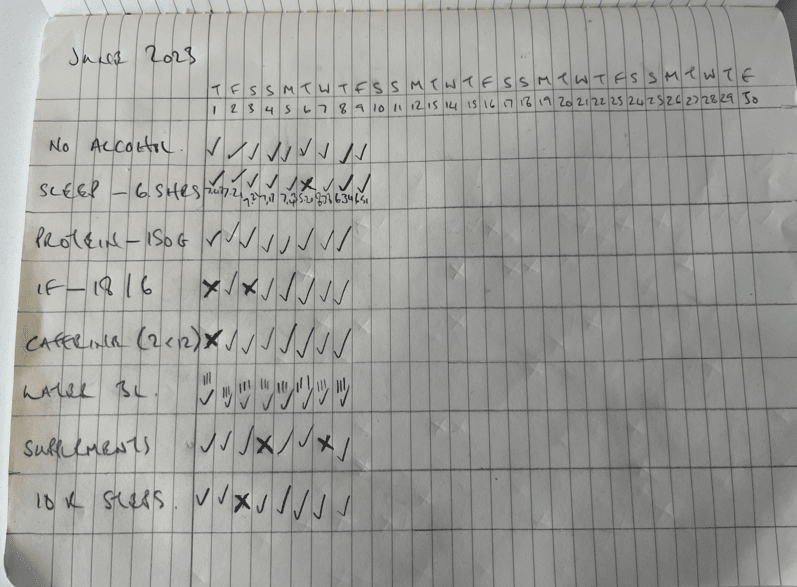
I’ve had seven misses so far. None of them bothered me. I have peace of mind that I’m on track to be at 80%+ consistency for all my health habits this month. And, THAT’S what counts. That’s what I need to move forward.
4. Consecutive misses are fatal
A single mistake or miss is easy to recover from. It’s not enough to disrupt momentum. However, two can very easily become the start of a new pattern. And three? You’re already on a new pattern. Notice that I have no consecutive misses in June so far.
If you do make a mistake or have a miss, you must try and put things right the following day. If you have two consecutive misses, you cannot afford another.
5. Be patient
A lack of patience can sometimes be the biggest risk to consistency. It can be easy to feel that things are going too slow, or that you should change your approach.
Various things can cause a lack of patience. You might find yourself comparing yourself to someone else. You might have an unrealistic view of how long a change will take. Or, maybe you’re tired, and you’re finding yourself questioning everything.
When you’re starting to feel impatient, it’s useful to take a big step back. Look at everything from a distance and try and see the situation for what it really is. More often than not, you’ll realise you were over-reacting.
A few weeks ago, I started to become impatient about how my weight and body fat were dropping too slow, if at all. Only when I stepped back could I see three things were clouding my judgement. I had got caught up comparing myself to someone else. I was also reminded, that I had only become more disciplined with how I was eating for a few months. And, lastly, I was still very early in the journey. In fact, I was doing perfectly fine.
Listen, I’m far from perfect. I still find myself straying from the above five things. But, importantly, I now have self awareness when it’s starting to happen. That means I can self correct pretty quickly. If you can get yourself into this position, you’ll find yourself being able to build a level of consistency you never imagined.
Get my ideas straight to your inbox. Sign up for my newsletter below:
